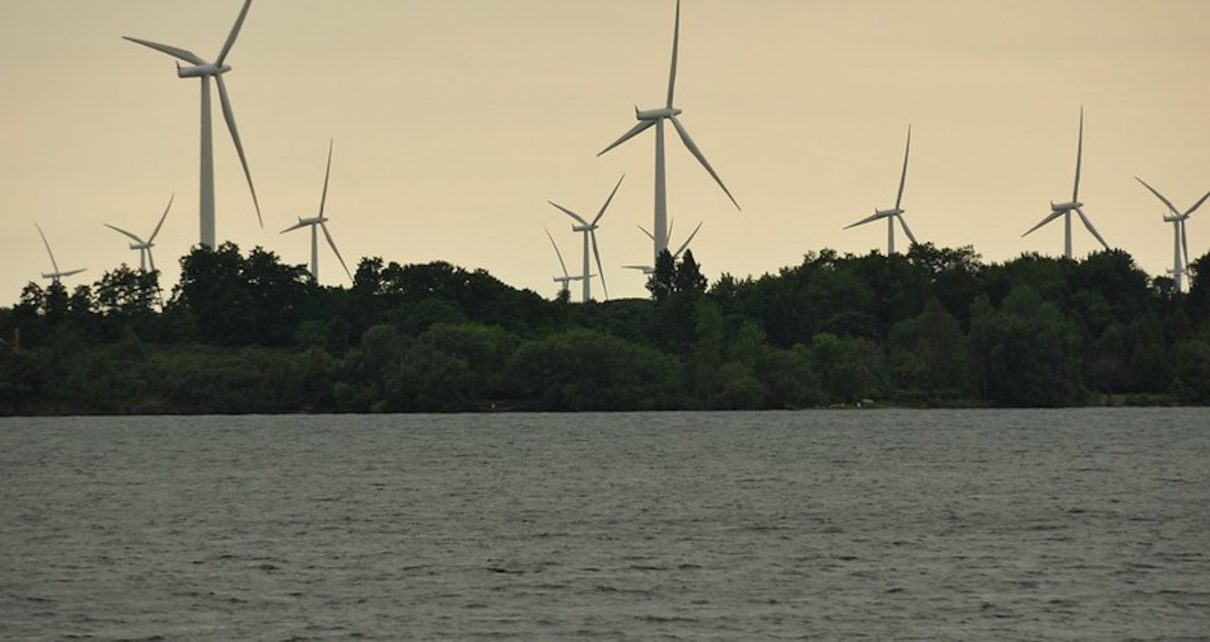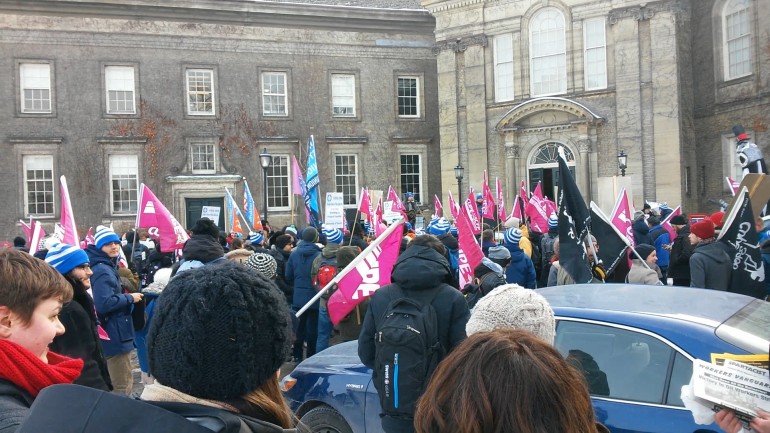As reported, the “Canada-Germany Hydrogen Alliance” came into being on August 23. At the same time, the two countries brokered a deal to supply German carmakers Volkswagen and Mercedes-Benz with Canadian minerals for electric vehicle batteries. These deals, which will eventually result in Canadian hydrogen and minerals flowing into the German market, represented a coup for both signatories. Germany gained another source of vital minerals as well as energy beyond Europe, bypassing Russia, which has sought to use gas supplies as a diplomatic bargaining chip. Canada, meanwhile, made inroads in the area of critical minerals, targeted the Russian energy sector and seemingly furthered its “aim to be a long-term clean energy supplier to the world.” These initiatives put Canadian policy on the right track by striving to reconcile energy security and the decarbonization initiative, a contentious, multi-dimensional problem alluded to by Prime Minister Justin Trudeau in the context of the mineral deal, thereby showcasing the possibilities of “green diplomacy.”
Well before the recent agreements with Germany, Canada had shown keen interest in the developing “green energy transition, the process of shifting away from fossil fuels to renewable energy such as solar, wind, hydroelectric, geothermal, hydrogen or biomass energy,” per Chatham House’s definition. In particular, Canada has sought to profit from the minerals required for manufacturing staple and “green technologies,” especially batteries to power electric vehicles. In fact, amid ongoing fears of China’s growing sway in the mineral sector, the Government of Canada has sought to become a serious contender in mining and exporting “critical minerals.” Toward this end, in January 2020 Canada partnered with the US to craft a “Joint Action Plan on Critical Minerals Collaboration” and the federal government is currently sketching a “Critical Minerals Strategy.”
The Alliance also represents another facet of Canada’s strategy to spearhead—and reap possibly billions in profits from—hydrogen and the green transition. As a Government of Canada news release announcing the Alliance states, “Canada is working with European partners to strengthen global energy security and accelerate the global clean energy transition.”
However, sourcing the staggering volume of raw materials like minerals for the green transition has consequences. Indeed, boring into the earth for minerals, including those needed to power future green electric vehicles and other green technologies, incurs an environmental and human toll.
Hydrogen production has costs as well, which has caused apprehension and prompted appeals from environmental activists in Newfoundland, one of the settings for the future Alliance project, to proceed with care. The gas comes in distinct, colour-coded “types,” each of which poses a varying degree of environmental harm related to production particularities. For instance, so-called “gray hydrogen” represents the most environmentally degrading variety. “Green hydrogen” leaves a much smaller footprint, earning the conditional approval of environmental groups like the Sierra Club. “Blue hydrogen” sits between these poles of the harm spectrum.
The agreement between Canada and Germany minimizes, but does not totally remove, the dangers of hydrogen production. At Germany’s request, the agreement privileges the more eco-friendly green hydrogen. Crucially, though, the agreement does not preclude the production of blue hydrogen.
This caveat, in particular, has opened the deal to criticism. In a media release, Climate Action Network Canada praised the Alliance, stating that it “signals that the way forward for energy security is to accelerate the transition to renewables.” However, the organization’s National Policy Manager separately questioned whether Canada’s position on blue hydrogen within the Alliance makes sense.
The distinction between green and blue hydrogen matters because the latter variety poses environmental dangers, with some scholarship contending “this energy alternative could actually be worse than burning coal.” Blue hydrogen’s production thus has the potential to detract from Canada’s agenda to combat climate change. Any future blue hydrogen emissions present yet another potential atmospheric obstacle to the Government of Canada’s goal of “net-zero emissions by 2050.”
However, an exclusive focus on green hydrogen—unlikely, at least in the short term, given a host of hurdles—would not totally eliminate the environmental hazards. To be sure, if generated through renewable means, green hydrogen remains free of “greenhouse gases.” But even this type of hydrogen would “require vast amounts of renewable power.” To achieve this, Canadian firms participating in the project would reportedly turn to wind power. But such turbines, which have expansive land-use requirements and certain resource-intensive and non-renewable components, exact a heavy toll on the planet.
To different degrees, then, mining and hydrogen production highlight what others have described as “the ‘green paradox.’” Ironically, the materials and technologies needed to generate “clean” energy can prove equally taxing—or even worse—for the environment, albeit in different ways.
But taking an active stance in green transition, including tangible manifestations like the mineral agreement or parallel Canada-Germany Hydrogen Alliance, does not represent a policy misstep for Canada. On the contrary, concluding deals that ensure that long-time allies have access to vital raw materials, particularly those essential for reducing fossil fuel consumption and dependence, makes sound economic and especially strategic sense for Canada.
Certainly, the dangers of a hasty or mismanaged green transition remain real. But a diminished presence in the energy space, including the prospect of resource monopolies in a dynamic, emerging sector, is no less serious for Canada and its allies. As observed elsewhere, controlling a sizeable portion of global mineral wealth has given China a means of achieving influence within Canada and abroad, including against Japan, another Canadian ally. Likewise, Russia’s firm grip on continental energy markets is currently stinging European allies, notably Germany. Clearly, as Trudeau recently noted and others have argued, moves to thwart such resource monopolies by emerging as an alternative supplier are in Canada’s interest.
Ottawa’s agreement with Berlin demonstrates the sort of tough compromises that Canada—and other states—must make to align energy security with the decarbonization agenda. Despite its limitations, the Alliance promises to bolster Germany’s energy sector and weaken Russia without ignoring climate concerns. However imperfect, the Alliance symbolizes a greener form of diplomacy and therefore marks an encouraging development in Canadian foreign policy.
Image: “Wolfe Island Wind Turbines, Poetic Work Horses” by M. Rehemtulla for QUOI Media Group via Flickr (June 26, 2011). Licensed under CC BY-SA 2.0.
Disclaimer: Any views or opinions expressed in articles are solely those of the authors and do not necessarily represent the views of the NATO Association of Canada.




